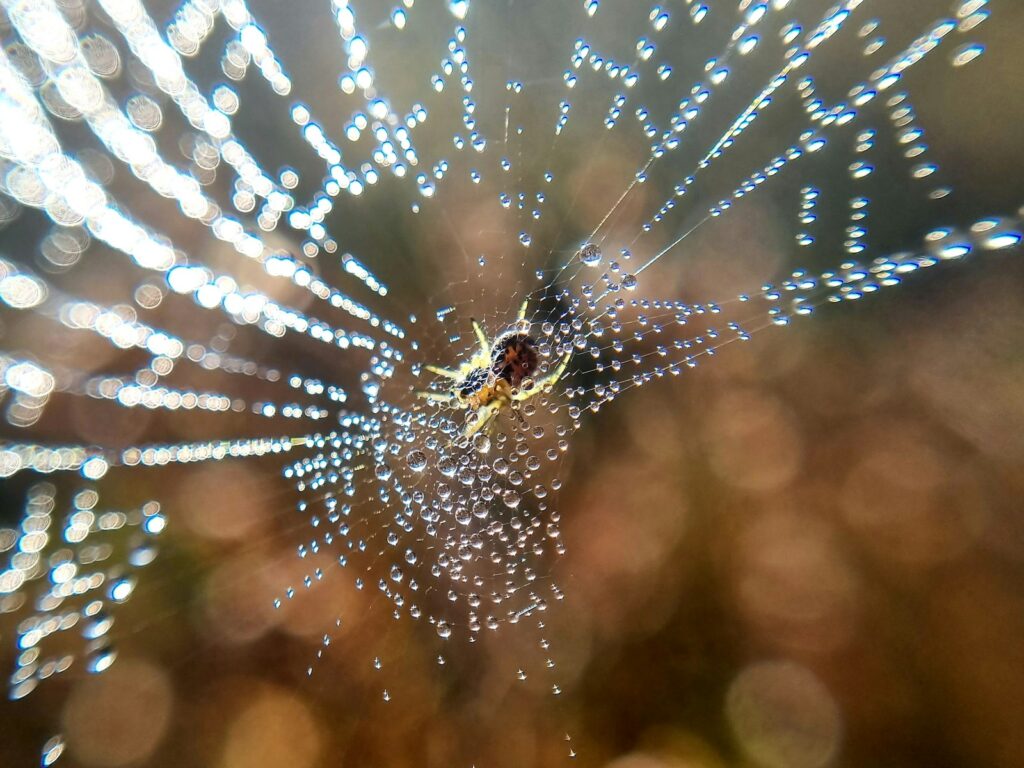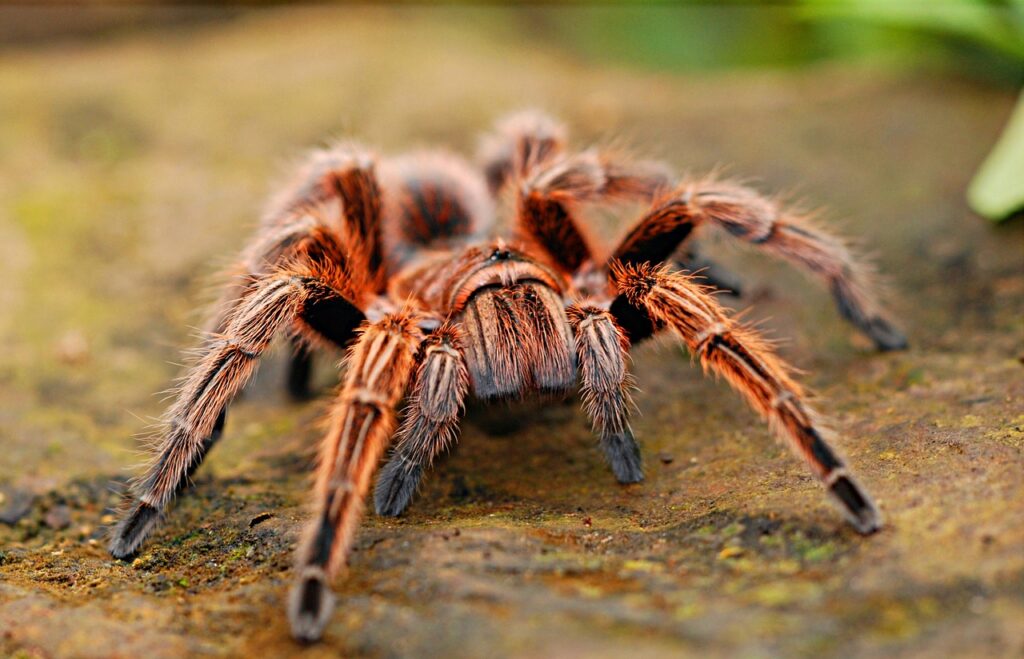How Venomous Spiders Evolved Over Millions of Years
The silent hunters of our world, venomous spiders have fascinated and terrified humans throughout history. These eight-legged predators represent one of evolution’s most remarkable success stories, developing sophisticated venom delivery systems that have allowed them to thrive for over 300 million years. From the ancient ancestors that first developed primitive toxins to today’s highly specialized ...



